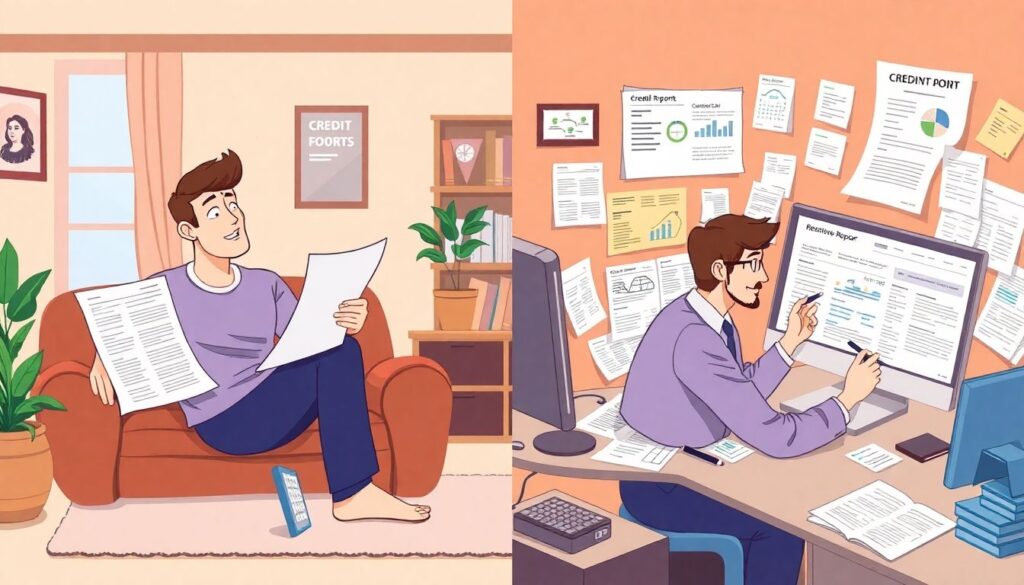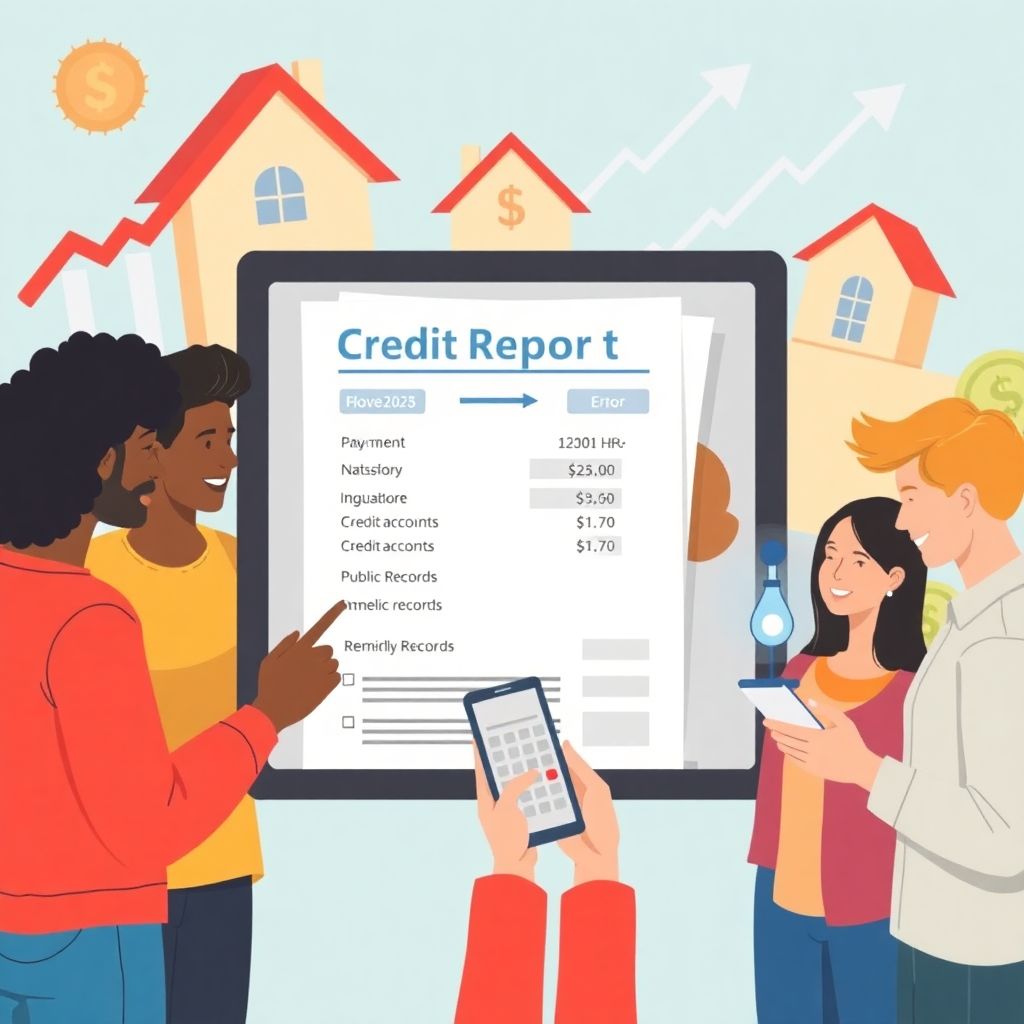Why Understanding Credit Reports Matters More Than You Think
Let’s be honest—credit reports sound boring. But here’s the truth: your credit report is like a financial passport. It tells lenders, landlords, and sometimes even employers whether or not they can trust you. For beginners, diving into the world of credit reports can feel overwhelming. But here’s the good news: once you understand the basics, you’ll feel empowered to take control of your financial future. Think of it as learning to read a map before going on a road trip—it’s the first step toward making smarter decisions.
What Is a Credit Report and What’s Inside It?
Your credit report is a detailed summary of your credit history. It’s compiled by credit bureaus—Equifax, Experian, and TransUnion in the U.S.—and includes data like your open credit accounts, payment history, outstanding debts, and even public records like bankruptcies. Unlike your credit score, which is a numerical snapshot of your creditworthiness, the credit report gives the full story behind that number. Understanding the components—such as account types, inquiry history, and negative items—helps you identify where you stand and what needs improvement.
Comparing Approaches: Passive Monitoring vs. Active Management

When it comes to handling credit reports, people often fall into two camps: passive monitors and active managers. Passive monitoring means you check your credit once a year (maybe), and hope for the best. Active management means reviewing your report regularly, disputing errors, and strategically improving your credit profile. While the passive approach might seem easier, it leaves you vulnerable to identity theft or unnoticed mistakes. An active approach requires effort but pays off with better loan rates, higher approval chances, and long-term financial stability.
Inspiring Real-Life Example: From 520 to 720

Take the story of Marcus, a 28-year-old who once had a credit score of 520 due to missed student loan payments and a maxed-out credit card. After pulling his credit report and learning how it worked, he spotted a reporting error—an account listed twice. He disputed it, paid down his debt strategically using the snowball method, and set up payment reminders. Two years later, his score jumped to 720. The key? He took control by understanding what was hurting his credit and acted on it. This kind of transformation isn’t rare—it’s accessible to anyone willing to learn and act.
How to Start: Simple Steps to Build Good Habits
Start by requesting your free credit reports from all three bureaus at AnnualCreditReport.com. Go through them line by line. Look for inaccuracies, outdated information, or accounts you don’t recognize. If something’s wrong, file a dispute directly with the bureau. Then, focus on paying bills on time, keeping credit card balances low, and avoiding unnecessary hard inquiries. Use tools like credit monitoring apps to stay updated. The key is consistency—not perfection. Even small improvements, like paying down a single card, can make a noticeable difference over time.
Success Stories: Projects That Changed Financial Lives
One inspiring example is the community-led initiative “Credit Up,” launched in Detroit to help low-income residents understand and improve their credit. Through workshops and one-on-one coaching, participants learned how to read their credit reports, challenge errors, and build credit through secured cards and rent reporting. Within 12 months, over 60% of participants raised their credit scores by at least 50 points. This shows that access to the right knowledge and support can create real, measurable change—even in communities facing systemic challenges.
Top Resources to Learn More and Stay Informed
If you’re ready to dive deeper, there are plenty of resources to guide you. The Consumer Financial Protection Bureau (CFPB) offers beginner-friendly guides and sample dispute letters. Sites like NerdWallet and Credit Karma offer free tools and educational content. Podcasts like “How to Money” break down credit topics in a fun, digestible way. And if you prefer structured learning, platforms like Coursera and Khan Academy have free personal finance courses that include credit education. The important thing is to stay curious—credit literacy is a lifelong skill.
Final Thoughts: Your Credit Report, Your Power
Understanding your credit report isn’t just about numbers—it’s about reclaiming control over your financial story. Whether you’re fixing past mistakes, building from scratch, or preparing for a big purchase, your credit report is a roadmap. You don’t need to be a finance expert to read it—you just need the courage to start. Compare your options, choose the active path, and know that every positive step you take brings you closer to the financial freedom you deserve.

